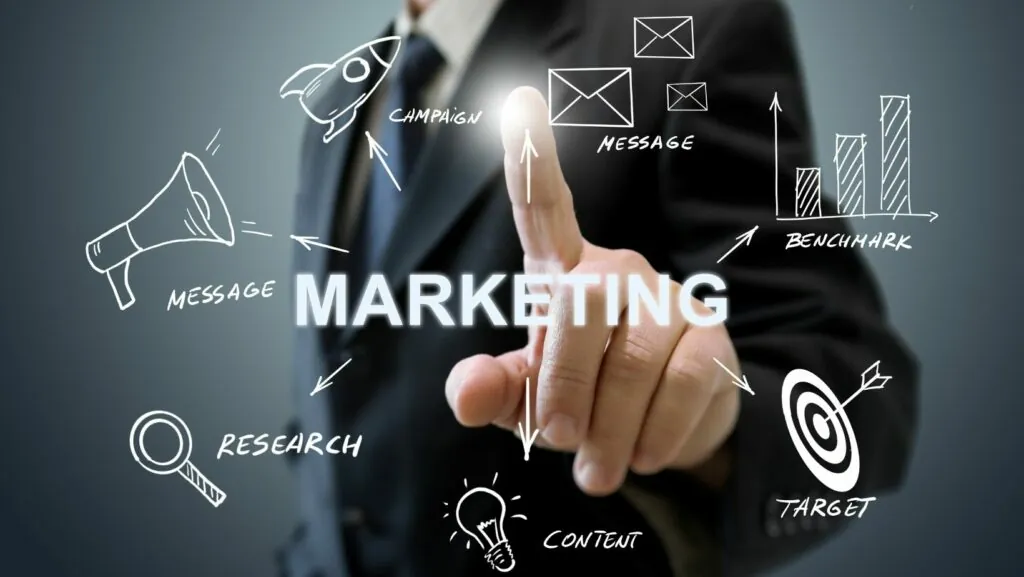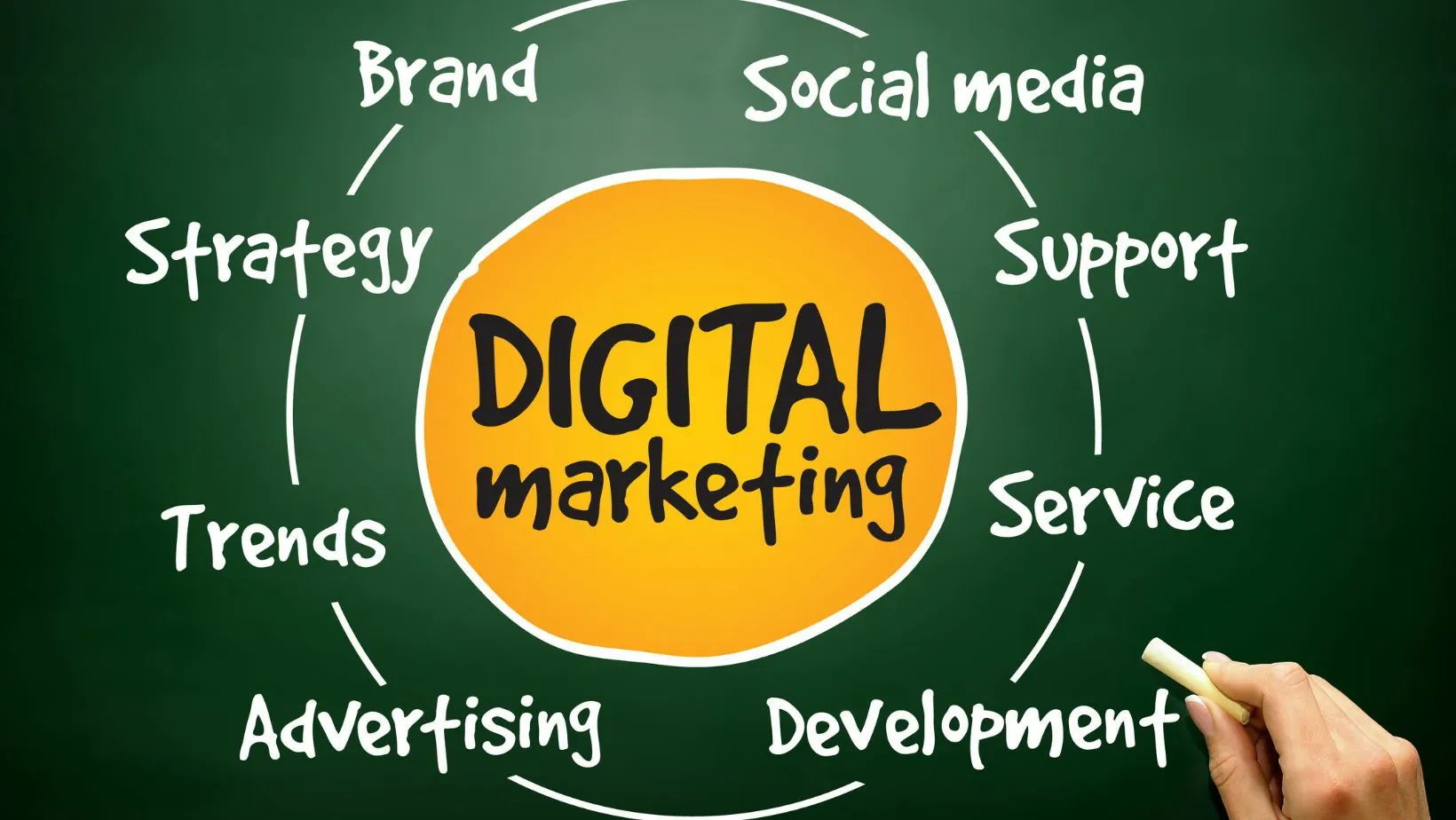In a world where sustainability is no longer a niche concern but a mainstream mandate, marketing teams are being called to do more than promote—they’re being asked to model responsibility. Eco-conscious marketing isn’t just about recycled paper anymore. It’s about reducing carbon footprints through smarter design choices, more efficient tools, and a streamlined digital workflow that prioritizes both impact and integrity.
Here are a few tools and strategies that can help marketers design greener, cleaner campaigns without sacrificing performance or polish.
Table of Contents
Toggle1. Doconomy’s 2030 Calculator: Measure Before You Market
The first step in designing eco-friendly materials is understanding their environmental cost. Doconomy’s 2030 Calculator allows you to estimate the carbon footprint of various products and materials used in your campaigns. Whether you’re planning a print run, shipping promotional items, or evaluating supplier materials, this tool gives you hard numbers to work with. Use it early in the design phase to make smarter material choices. It also helps with transparency, letting you report on your carbon reduction efforts with real data. Doconomy’s focus on carbon literacy makes it one of the few tools that bridges marketing creativity with sustainability accountability.
2. Greengraph: A Smarter Image Compression Tool
One often-overlooked contributor to digital waste is oversized images that eat up server energy. Greengraph is an advanced image optimizer that compresses marketing visuals without sacrificing quality. Ideal for websites, email marketing, and digital PDFs, it significantly reduces load times and energy use—benefitting both user experience and the planet. The tool also includes a “green score” for each asset so you can prioritize improvements. Unlike generic compressors, Greengraph also flags redundant image formats and suggests eco-optimized resolutions. Over time, this leads to lighter campaigns and faster performance metrics across the board.
3. Moo.com’s Printfinity: Print Less, Smarter
When printing is necessary, Moo.com offers an underutilized feature that’s perfect for eco-minded marketers: Printfinity. It lets you print different designs on the back of your business cards or other print materials in a single batch. Instead of ordering multiple sets for different products or audiences, you can combine campaigns and reduce overprinting. Their Luxe and Cotton business cards are also made from recycled t-shirt fabric and sustainably sourced paper. Moo’s modular approach to print helps reduce waste while still offering premium tactile impact.
4. EcoEnclose: Sustainable Packaging for Direct Mailers
For businesses still using physical mailers, EcoEnclose offers 100% recycled, biodegradable, and customizable packaging options. Their mailers, boxes, and labels are designed specifically with sustainability and e-commerce in mind. You can brand them using soy-based inks and rest assured that the end product is plastic-free and recyclable. Their site even offers a lifecycle calculator so you can compare materials and their respective footprints. Use EcoEnclose when designing sample kits, promotional product drops, or campaign mailers. It’s a small swap with a big perception and planet payoff.

5. Lucidpress (Now Marq): Template Control for Waste-Free Brand Consistency
Consistency is efficient—and Marq (formerly Lucidpress) helps ensure that teams stick to brand guidelines without recreating files or wasting design cycles. Their brand templating system allows centralized control of assets, fonts, and layout styles while still giving flexibility to local teams. This prevents redundant file creation, endless PDF edits, and unnecessary reprints due to misaligned branding. One unique eco-benefit? You reduce the need for physical proofing cycles and shorten your content lifecycle—two major sources of print waste and time burn. Marq is ideal for franchises, universities, and multi-location organizations trying to enforce green practices at scale.
6. Piktochart: Smarter Infographics with Less Output Waste
Infographics are a marketing staple—but all too often, they’re overdesigned, overprinted, and underused. Piktochart lets you create focused, data-rich visuals that are web-optimized and built for reuse across email, social, and presentations. Their pre-sized templates discourage overproduction by offering formats that work seamlessly across digital channels. Plus, their integration with spreadsheet tools reduces the need to recreate visuals every time your data updates. By designing for longevity and multi-platform usage, you reduce the need for one-off assets that expire after a single campaign.
🍃 FAQ: How to Make Background Editing Part of an Eco-Friendly Workflow
Whether you’re preparing hero images, product displays, or event graphics, editing photo backgrounds is an essential part of sustainable design. Why? Because efficient editing reduces the need for costly physical reshoots, excessive staging materials, and oversized print files. Here are some common questions business owners and marketers ask about photo background editing—and how to make the process more efficient and sustainable.
Q1: What’s the easiest way to remove or replace a background without using complex software?
Adobe Express offers a streamlined way to remove and swap out photo backgrounds in just a few clicks—perfect for non-designers or marketing teams on the go. You can access their tool for background design, which includes templates, color options, and export settings optimized for print and digital use.
Q2: How can I ensure my edited backgrounds don’t increase file sizes unnecessarily?
Use editing tools like PhotoRoom or Remove.bg that offer automatic optimization and web-friendly exports. Stick to formats like WebP or compressed PNGs when saving. This helps your assets load faster and reduces energy use on websites or cloud storage platforms.
Q3: Can I create a consistent brand feel across different campaigns using background editing tools?
Yes—tools like Adobe Express and Fotor let you save presets and color themes. This way, every background replacement you do aligns with your campaign’s visual identity, without needing to restage or re-edit every image from scratch.
Q4: Are there eco-benefits to doing background edits digitally versus physical reshoots?
Absolutely. Digital editing eliminates the need for travel, lighting equipment, and material-heavy sets. It also shortens production timelines and reduces reliance on printed proofs. Think of it as digital sustainability in action.
Q5: What’s the best way to scale background edits for product lines or catalogs?
Use batch-editing tools like Pixelcut or Fotor Pro. These platforms let you apply background edits to multiple photos at once, maintaining uniformity while saving hours of manual work. This is ideal for e-commerce businesses with high product turnover.
Eco-friendly marketing isn’t about giving up creativity—it’s about designing with awareness. The tools above don’t just help you save the planet; they also save time, money, and sanity. By rethinking how and where your marketing materials are made, stored, and shared, you can tell a greener story—without sacrificing impact.


